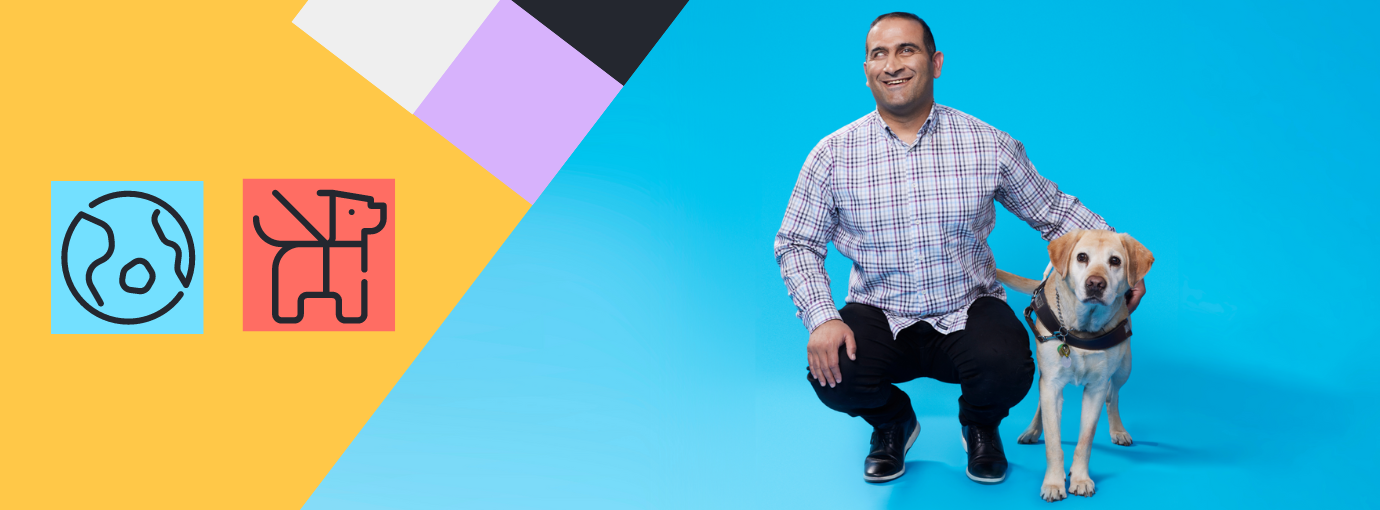the Field:
Thanks for joining us, Natalie! To get us started, some people might not understand the difference between guide dogs and service animals more broadly. Would you be able to explain the difference for our audience?Natalie:
While the terminology can vary, in Australia we commonly use the phrases guide dog and assistance dog when discussing working dogs.Guide dogs are predominantly for people with low vision and assistance dogs perform tasks for people with both physical and/or intellectual disability.
Therefore all guide dogs are assistance dogs, but not all assistance dogs are guide dogs – however both have equal access rights.
the Field:
What should people keep in mind when interacting with guide dogs and other service animals?Natalie:
It’s important not to disturb or distract working dogs. In many instances, distracting the dog or handler can lead to serious injury or complications.A lot of training goes into ensuring the dog stays focused on their tasks, yet they are not robots. It’s a challenge for them to ignore you too.
the Field:
What advice do you have for employers and coworkers on fostering a supportive and inclusive environment for individuals with guide dogs or other service animals?Natalie:
The presence of a dog in a work environment is known to improve morale, so if you’re lucky enough to work near a dog, it’s recommended that everyone in the work space understands the conditions of interaction. These vary with individual handlers.Employees should discuss having the most accessible path to amenities within the work space for the handlers.
the Field:
What are some common misconceptions people have about guide dogs and service animals?Natalie:
It’s a misconception that guide dogs and assistance dogs are not permitted in many public places such as transport, restaurants, cinemas, shopping centers etc however the only places working dogs are usually restricted from are operating theatres in hospitals and kitchens with food preparation facilities.It is discrimination and against the law to deny access to a working assistance animal.
Another misconception is that all working dogs are Labradors.
Although Labradors are the most commonly used, we now see all types of dogs in various sizes performing a range of tasks to help people!
the Field:
Do you have any advice for guide dog owners in navigating job interviews or other professional environments?Natalie:
We don’t disclose the medication we’re prescribed when applying for a job so there is no reason to disclose the use of an assistance animal in the early stages of an application.Introducing your dog during the interview stage, however, will help start conversations about accessibility.
Create a bio or separate resume for your dog with a picture, their credentials or tasks they’re trained with and anything else you want to include to share with the employer and other staff.
the Field:
And finally, where can our community of job seekers or employers learn more about the work you do?Natalie:
“Dogs with Jobs” books are used to educate young readers about the differences between working dogs and our pets.They are available worldwide through our website https://dogs-with-jobs-book.myshopify.com/
They are a great resource for children and adults alike.
Our Instagram page @DogJobBook features all types of working dogs from around the world, as well as highlighting related stories in the news and in our communities.
Handlers can find a set of helpful access cards on our website too.
“Assistance Animals Welcome” stickers are available on request.
Email dogjobbook@gmail.com for more information.



